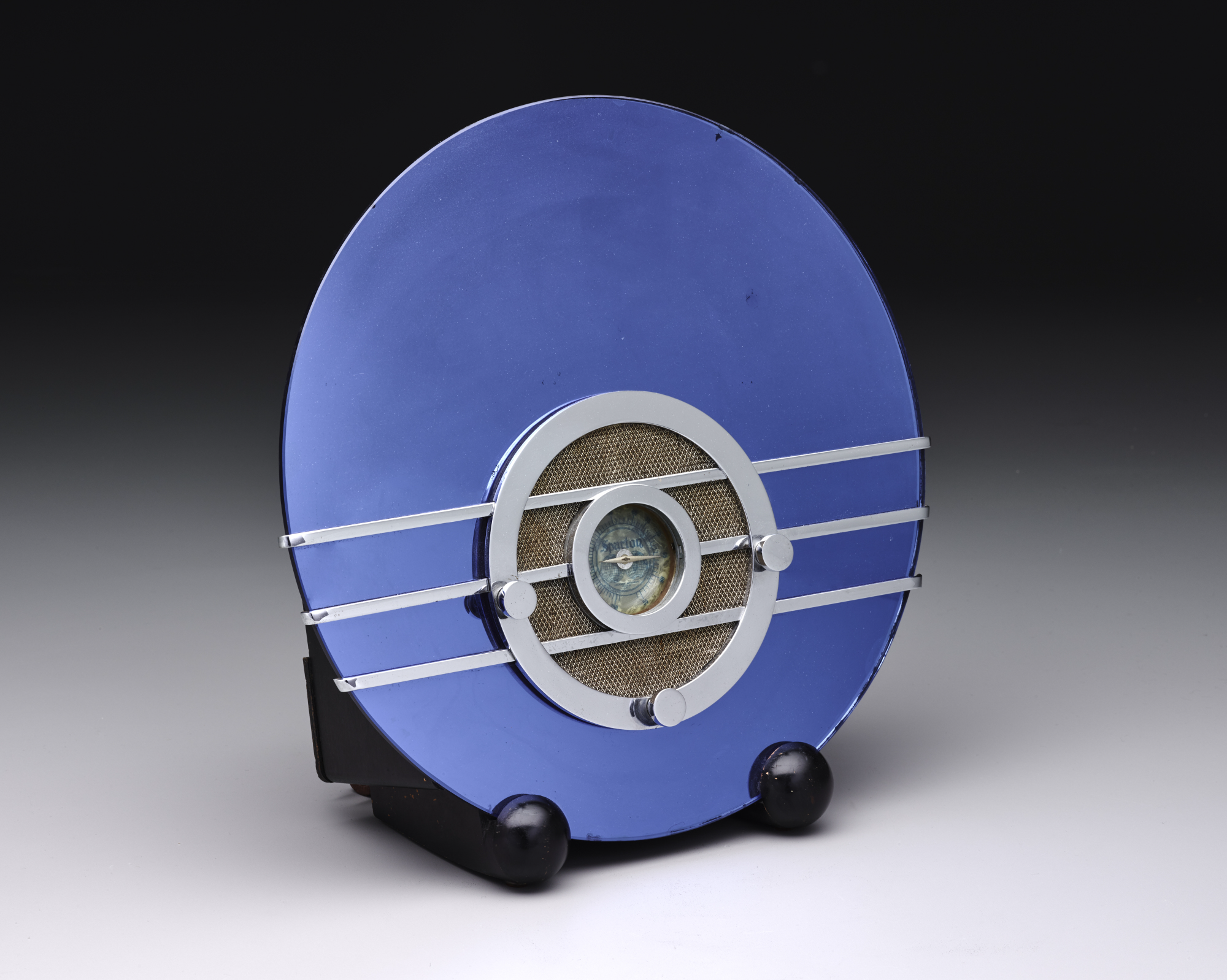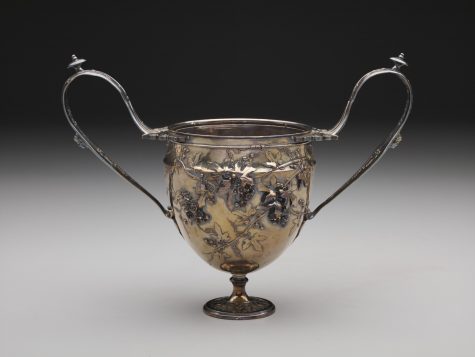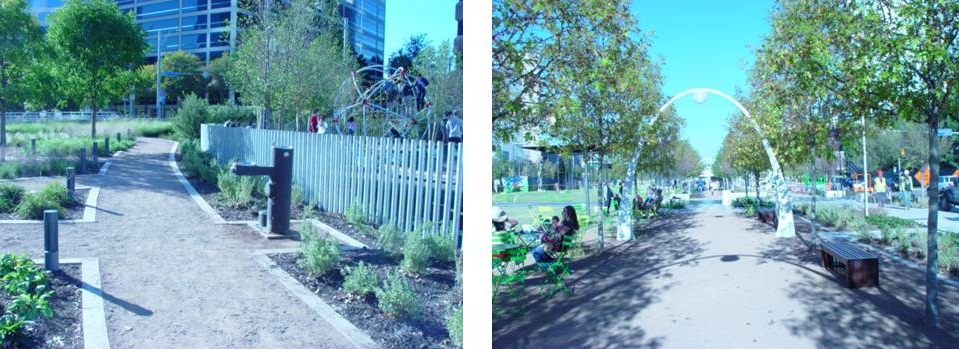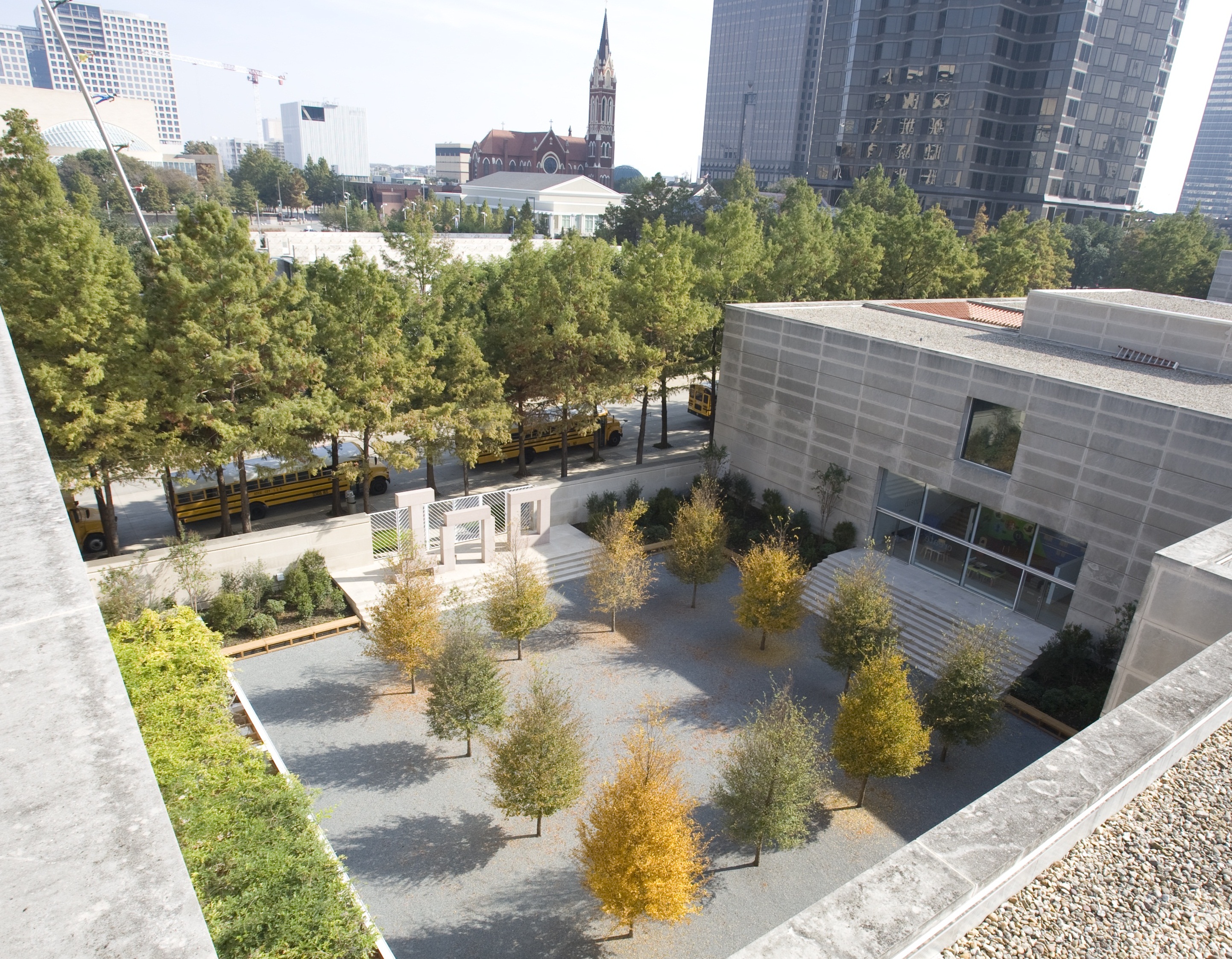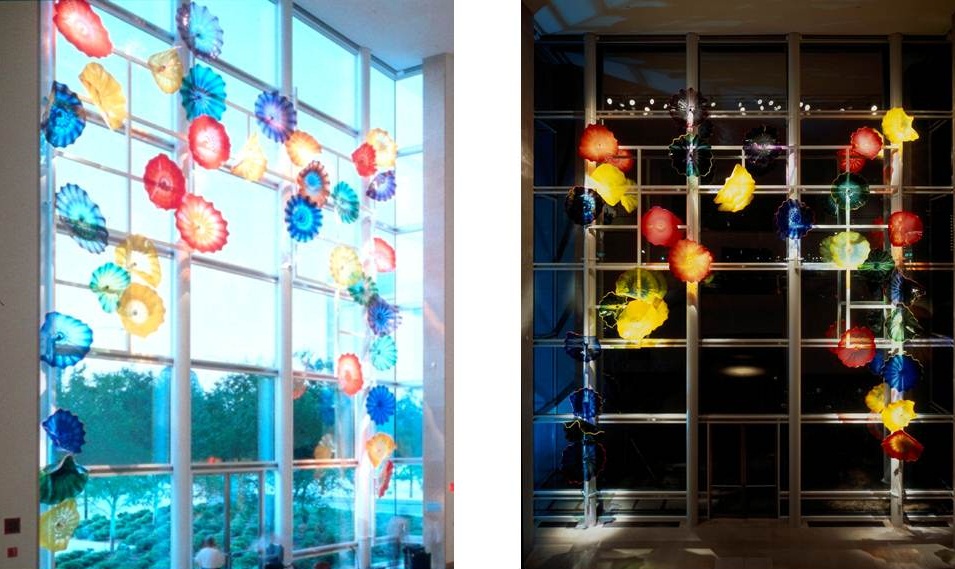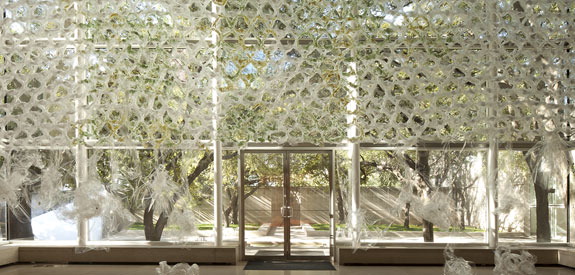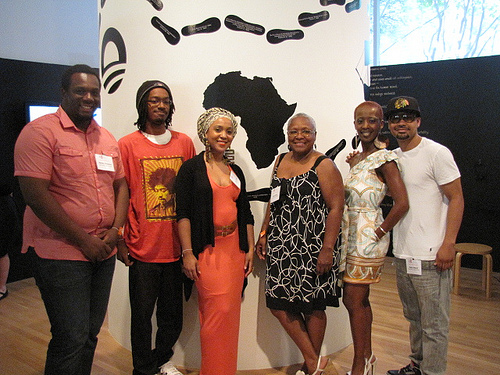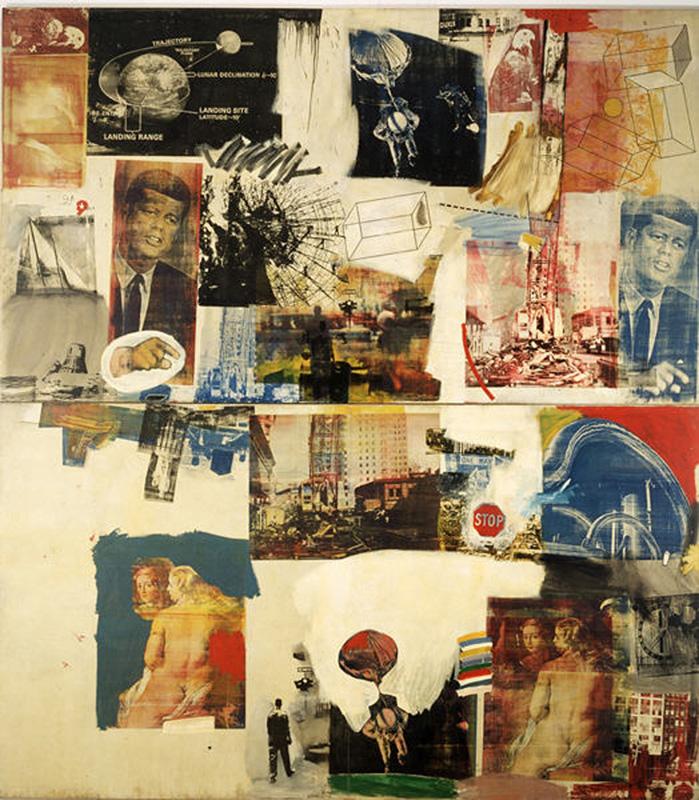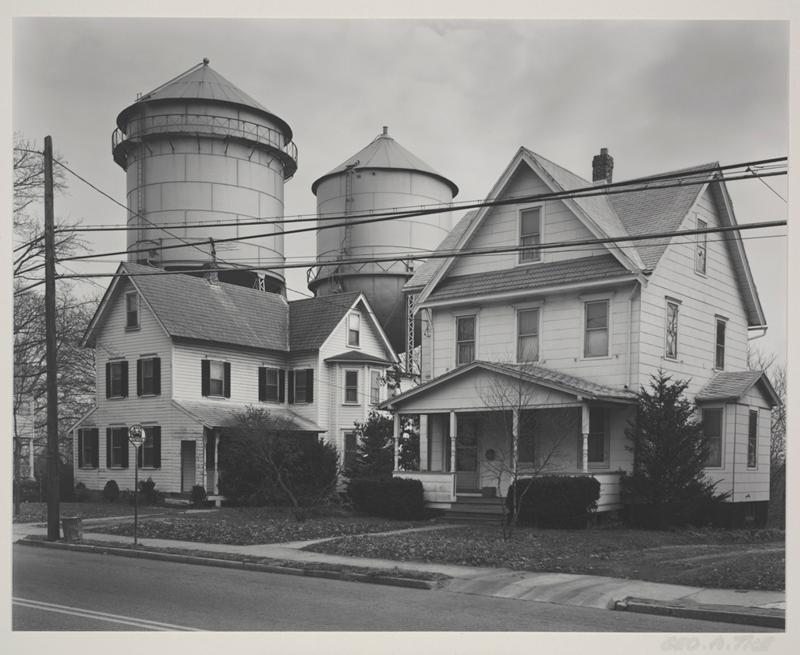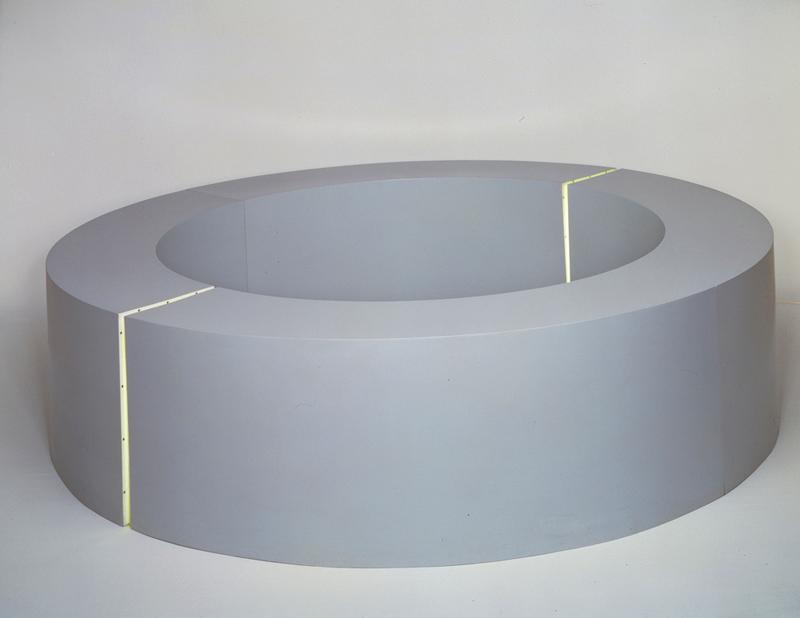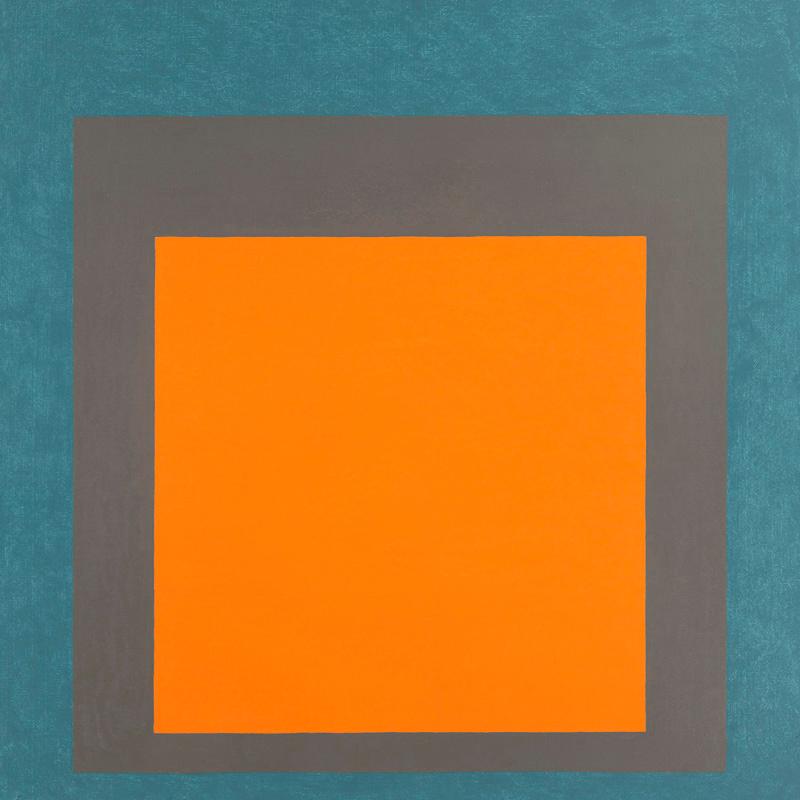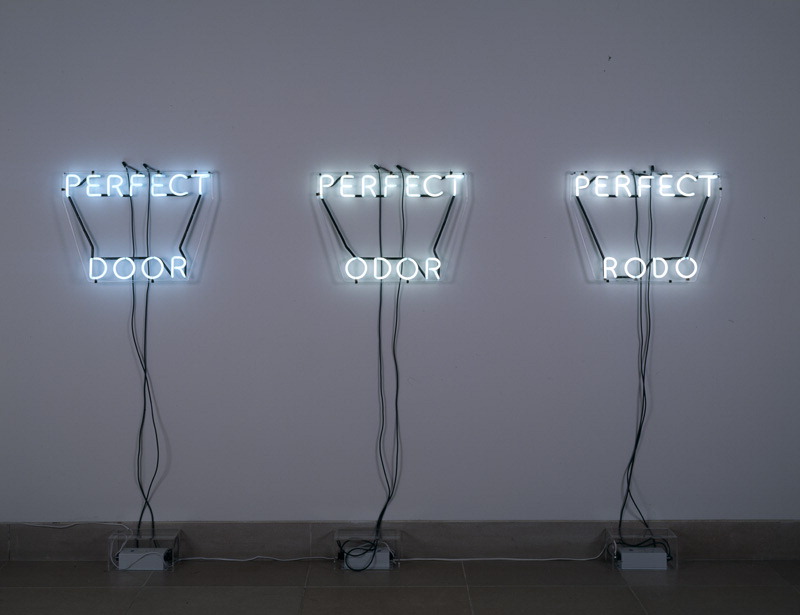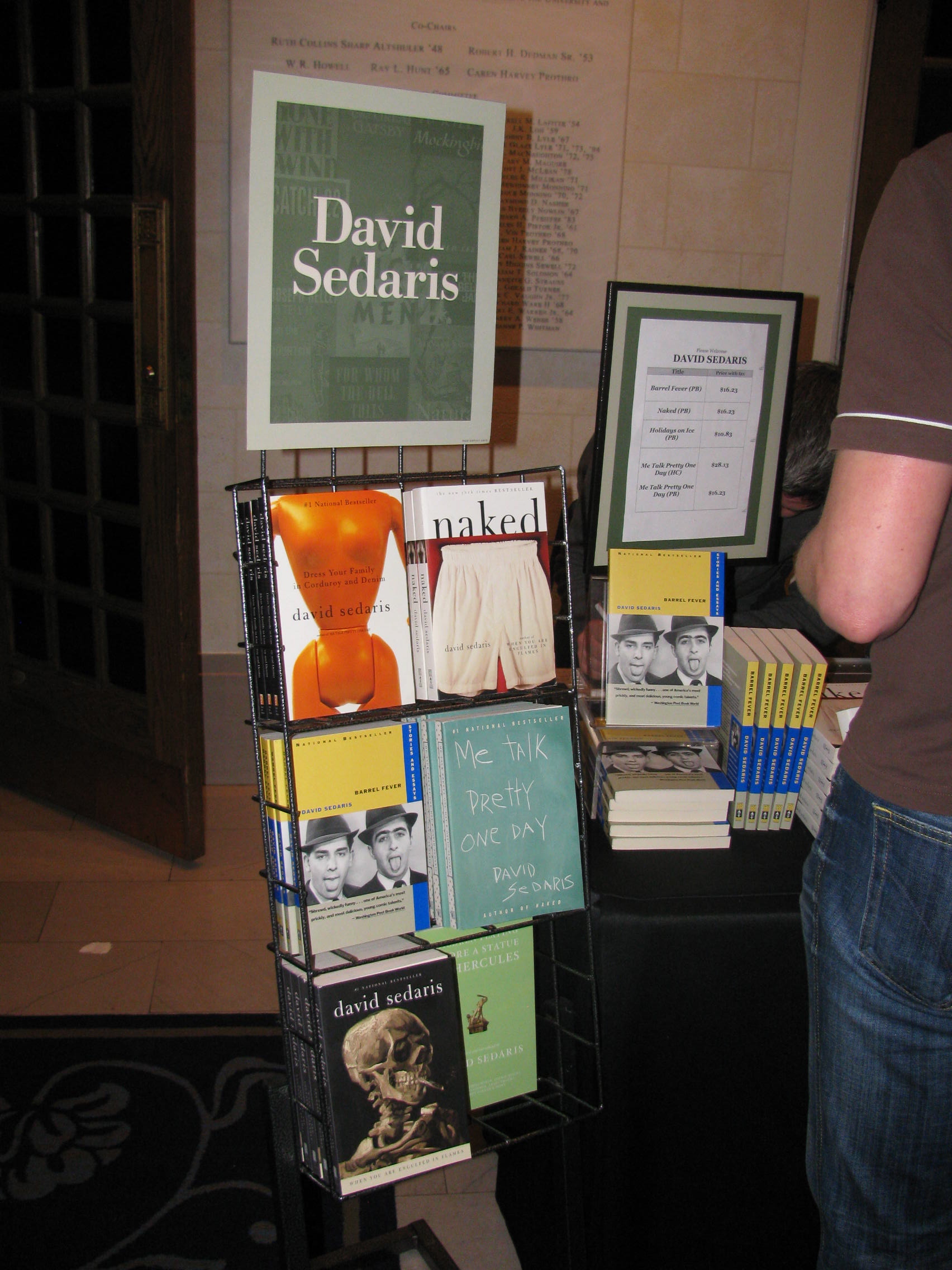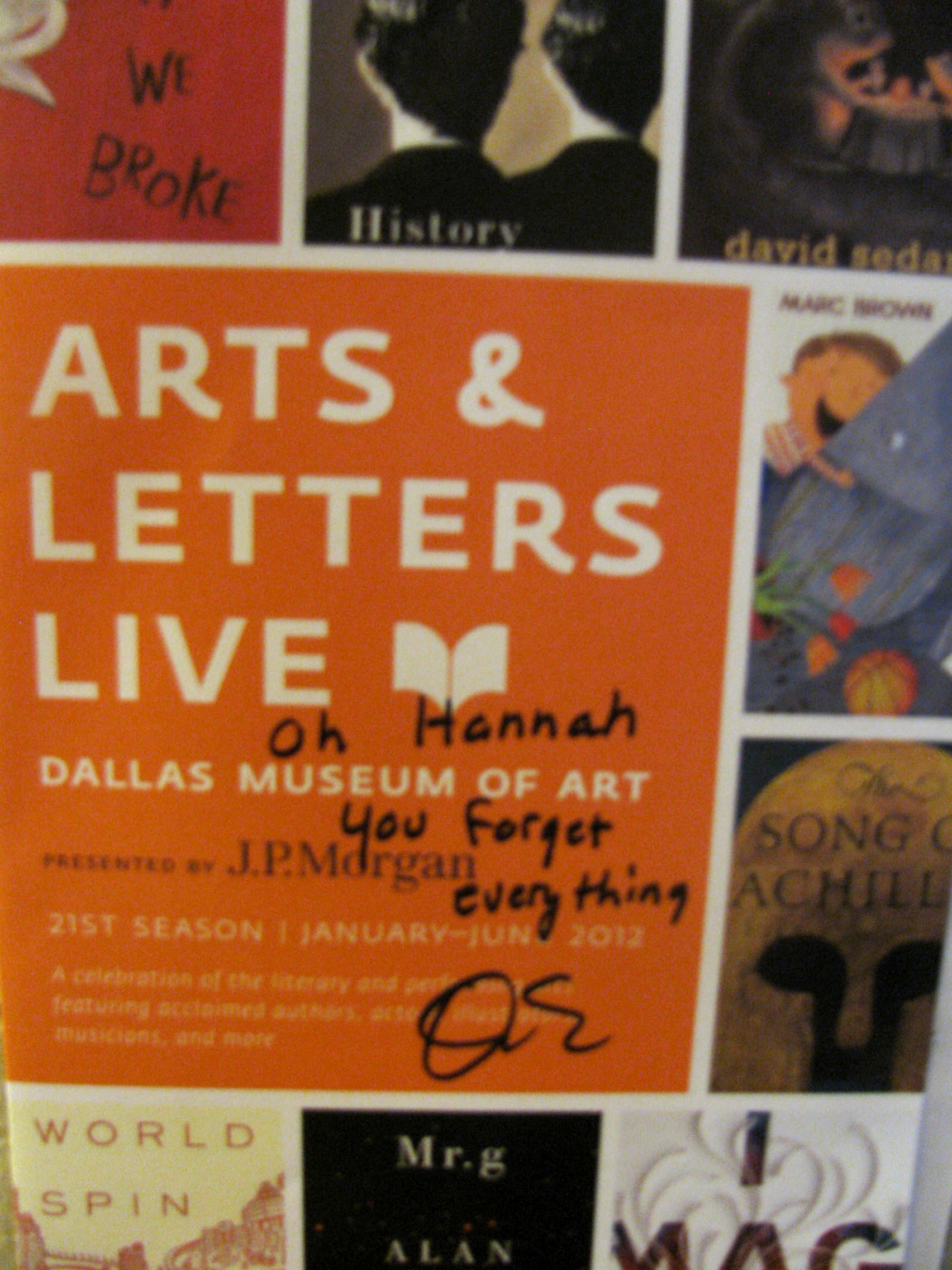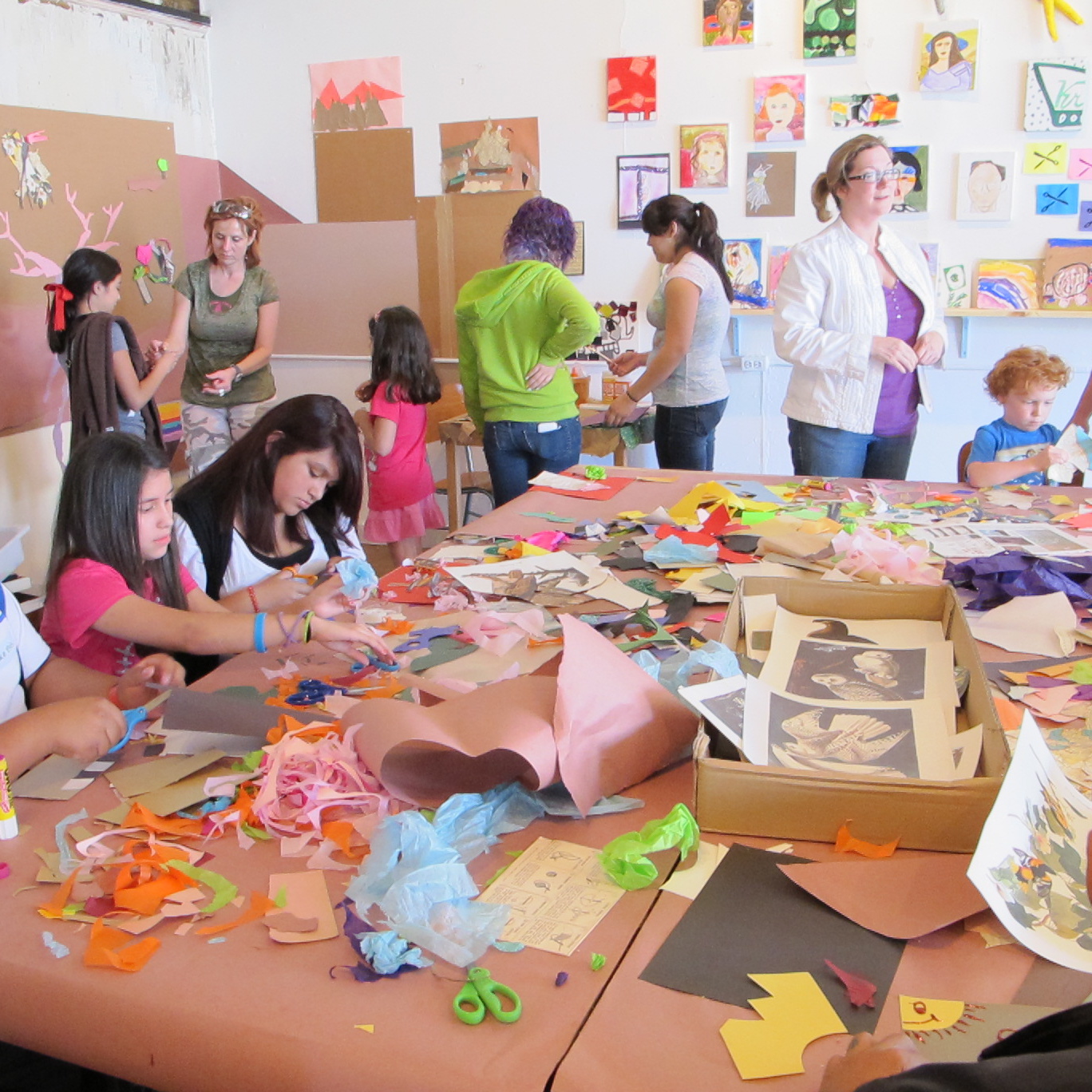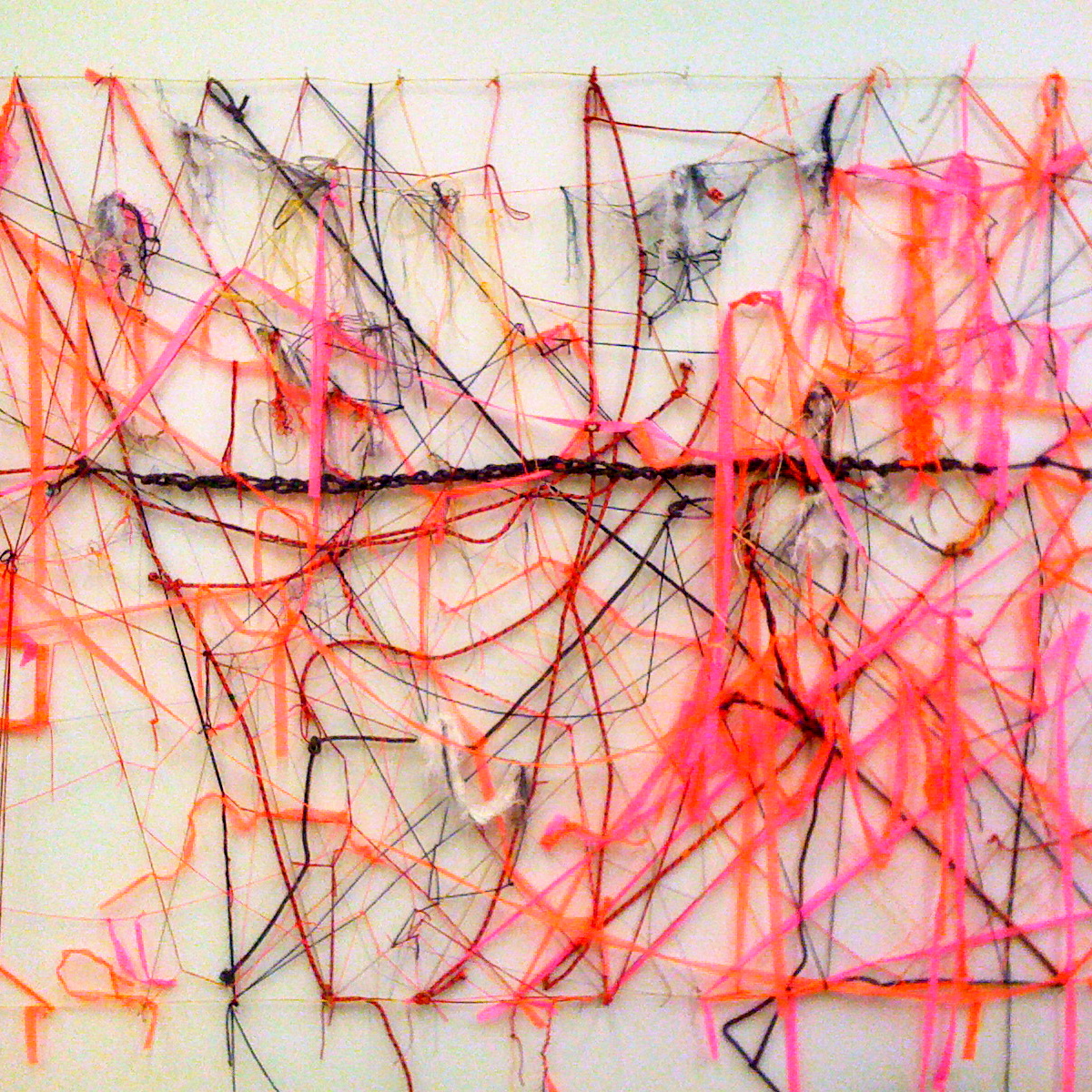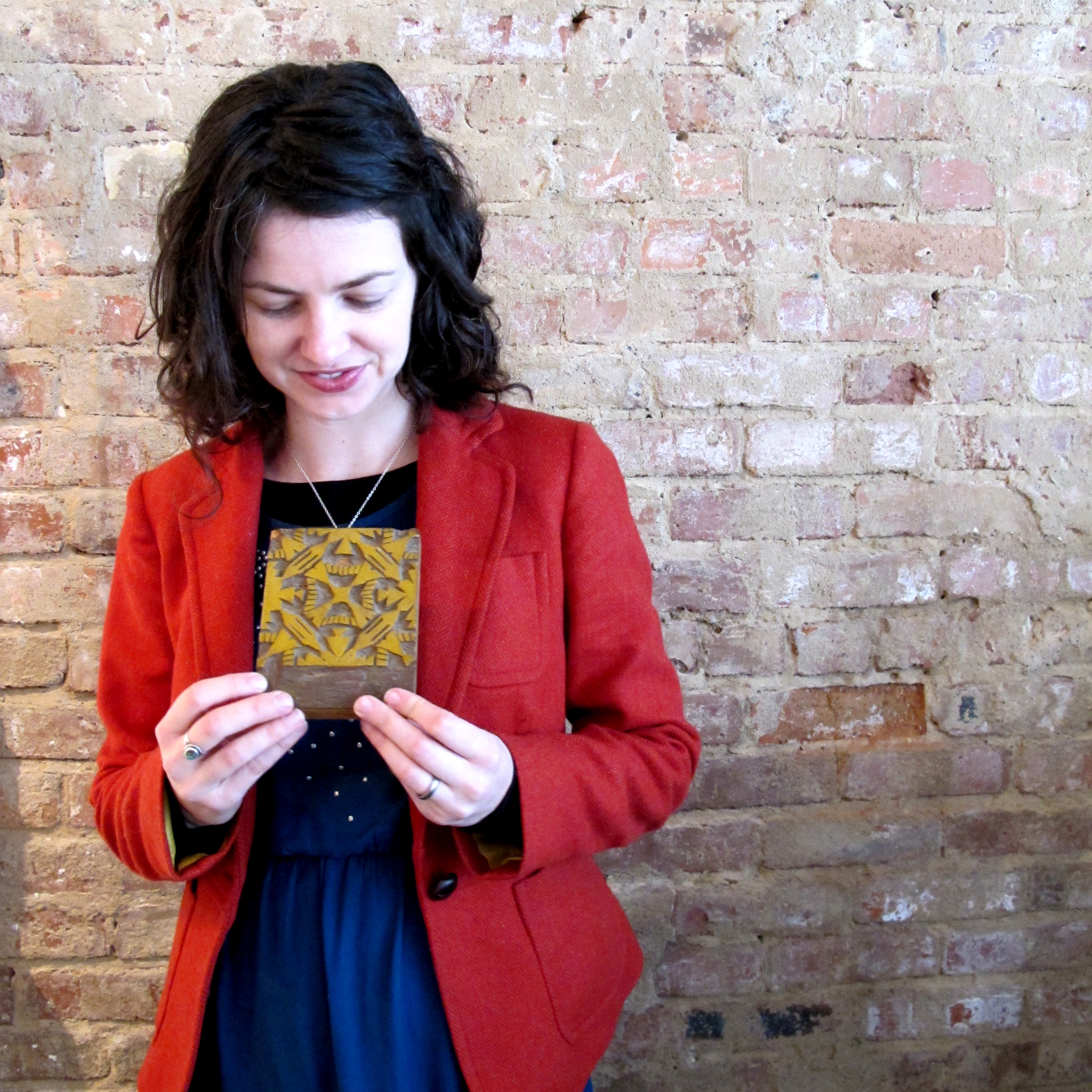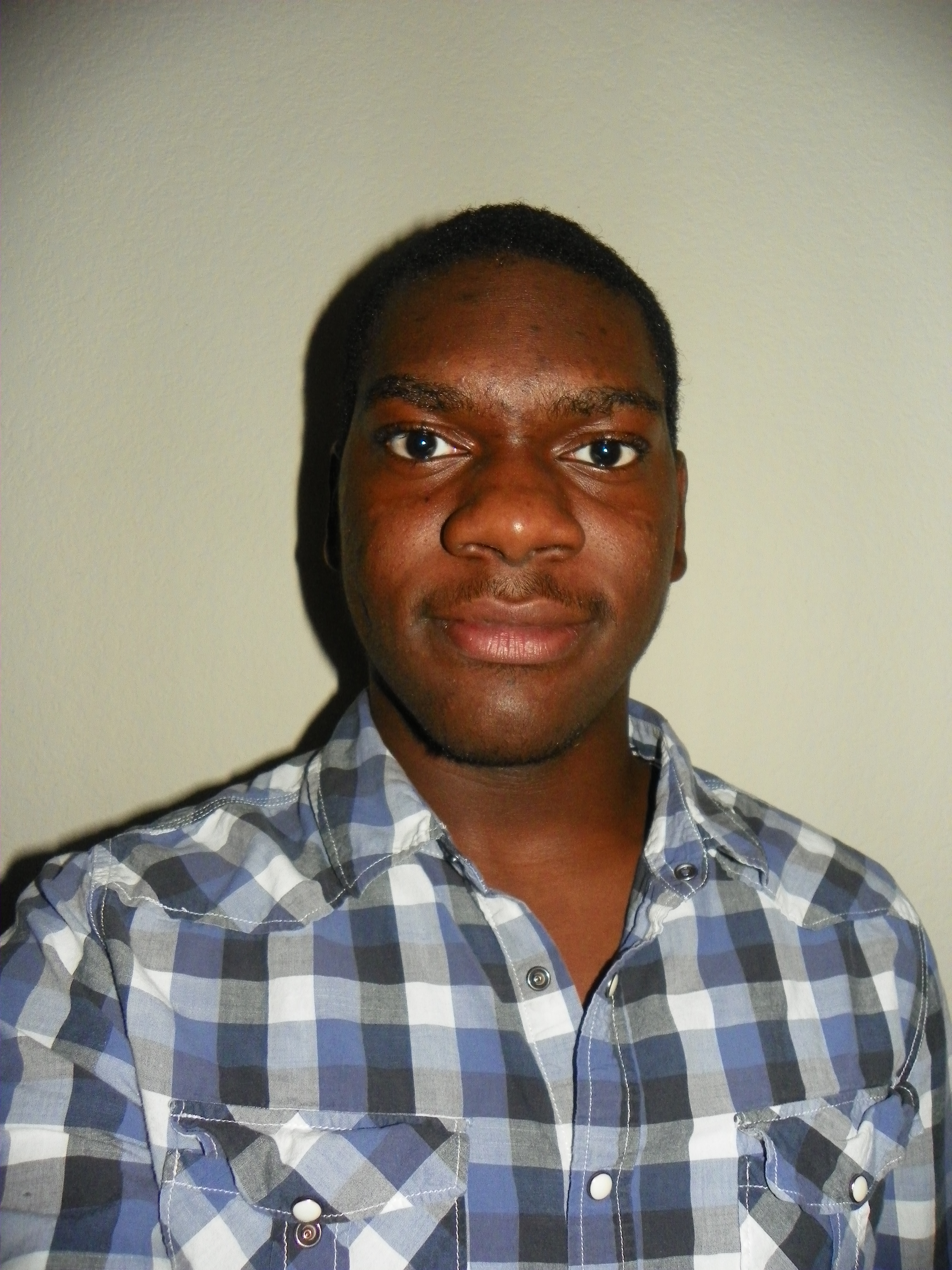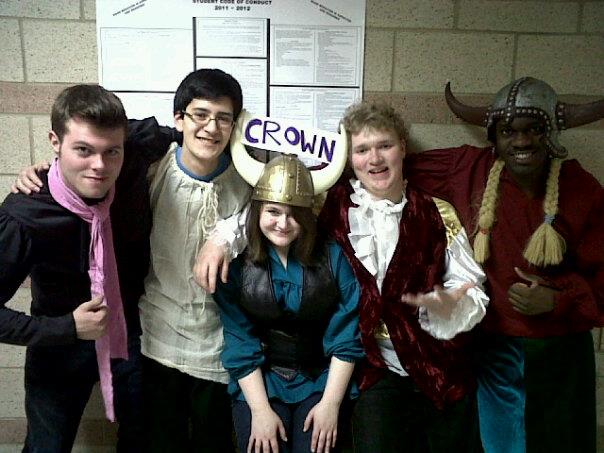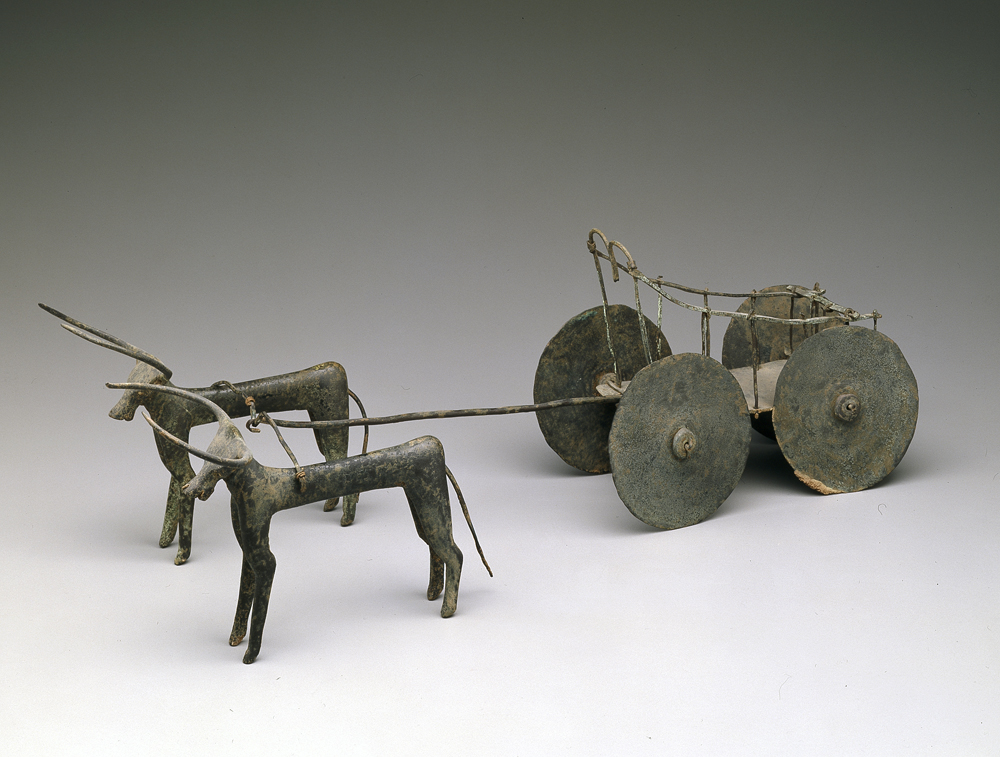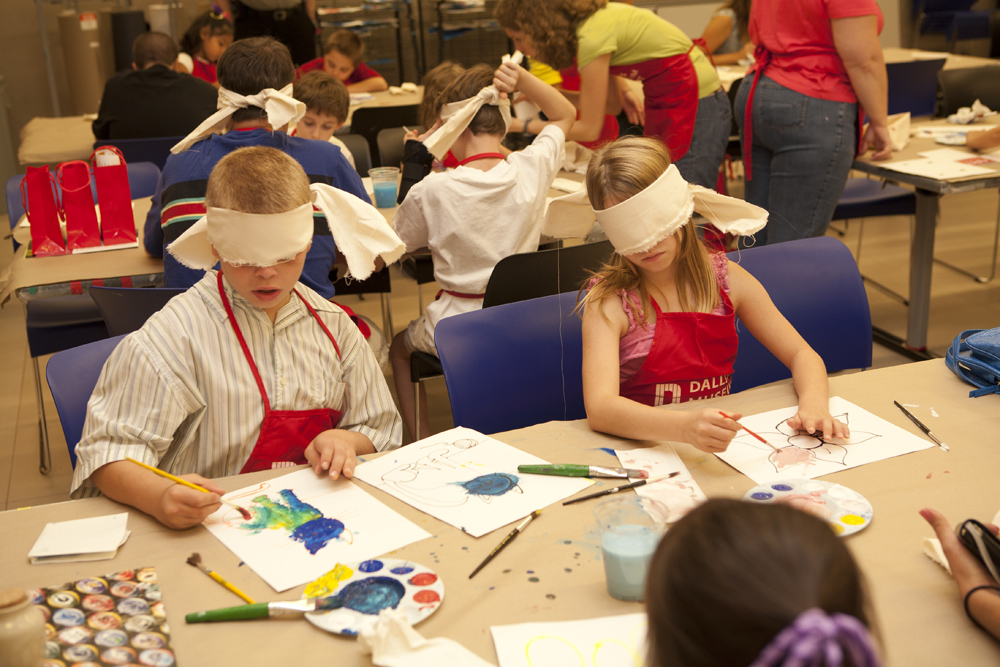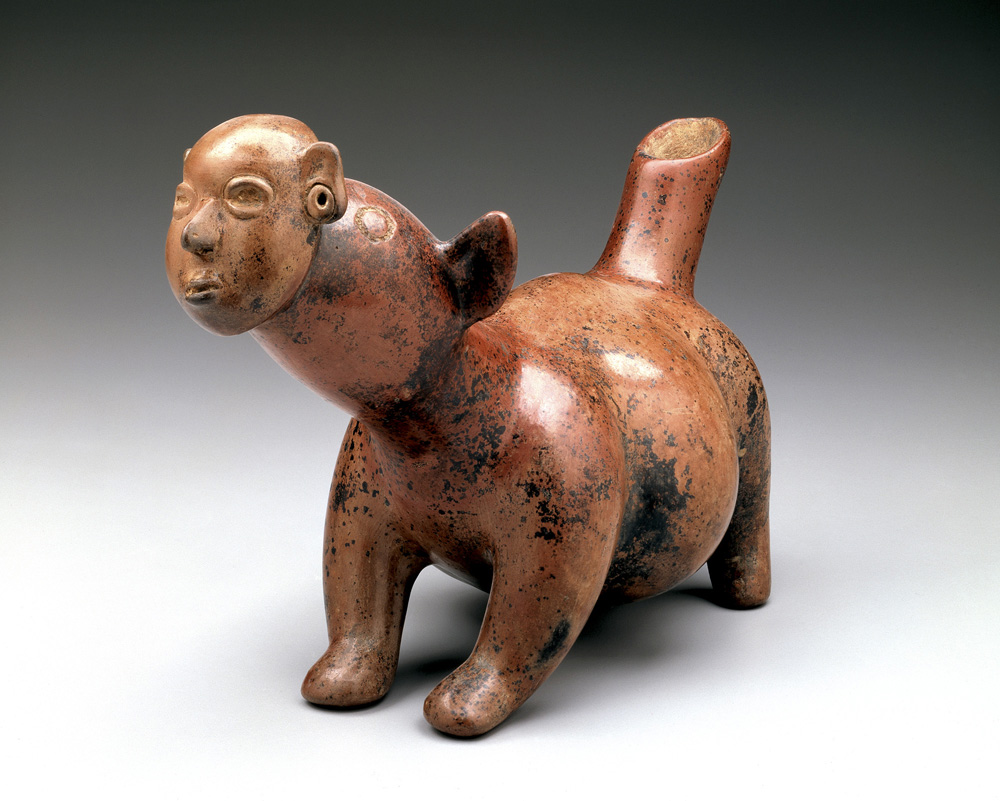
According to the Tiny Thumbs Facebook page, “Tiny Thumbs is a new organization looking to build up awareness for the indie game scene and showcase some of the best talent out there through pop-up arcades/art shows.” In anticipation of their upcoming pop-up arcade at the DMA’s Late Night tomorrow night, I virtually sat down with Robert Frye, UT Dallas Ph.D. candidate and co-founder/co-curator of Tiny Thumbs. As is probably most fitting, our interview took place over a series of emails:
I found this great description of Tiny Thumbs on your Facebook account and I think that sums up “what” Tiny Thumbs is really nicely, but my next thought is, how did Tiny Thumbs come to fruition?
The idea of Tiny Thumbs came about as[co-founder] Kyle [Kondas] was teaching a class I was involved in called “Games and Gallery Art” where we really sought to tackle the idea of how to show games in an artistic space and what is gained from doing so. We were both inspired by the work of similar shows like Baby Castles – and the idea that we really had a desire to get people off of their computers for a bit and really connect with people, and not just gamers, but we really felt like independent designers could learn so much from talking with people outside of their current circles.
In your Tiny Thumbs description, it specifically mentions the “indie game scene.” Why are indie games important?
I’ve always seen indie games as the ‘art house’ of videogames, it’s the place where people can push the boundaries of interesting design and art and help to get to the core of what makes a game a game. Of course, not all indie games have such a lofty goal, but they still give the reigns of creation to a greater variety of people and that can only lend a larger amount of voices to the field. I think it’s the ability for ANYONE to make a game, for interesting ideas and experience to show up and change how I feel and view games on a weekly basis that makes me love indie games so much. It’s people, making games because there is a spirit inside them that drives them to do it. People who HAVE to create games, made for a community that is passionate to play them.
Other than being under the “indie game” umbrella, is there anything else that connects the content that you choose for your shows?
Not really! For our first few shows we wanted to take games of exceptional quality and bring them out of the “one person, one computer” context that they were sitting in. Our goal was to help spread the word in Dallas that there was a place for games of quality to be shown. Now in the future we would love to do themed shows, but for now we are picking games of interest and quality to start a dialogue and really find out what Dallas needs from our show.
Recently there have been a surge of articles asking whether video games are art. MoMA has added video games to their permanent collection, and the Smithsonian has created an exhibition about the evolution of video games as an art form, which is scheduled for a two and a half year tour around the United States. Assuming that you are on the “yes” side of the debate, can you tell me more about why you feel this way?
Are games art? Haha, this is a deceptively difficult question, as you really have to nail down why the question is being asked, what kind of information is trying to be achieved – do I think that games have the potential to have strong artistic statement? Yes. Do I think that games can have aesthetic properties that can inspire and enthrall? Very much so. Often when the question is asked, it seems to me that the real question that is trying to be asked is “can we take games seriously” and for that question I would say emphatically yes. We’ve only just begun to understand how interaction can change the stories and experience that we craft, and what games really mean to people. Video games have only been around for about 50 years (give or take) but in that time we have gone for dots moving along a screen to games like Journey which have breath taking vistas. So are games art? Perhaps, but more importantly – games NEED artists and art viewers to help them become the fullest experiences they can be.
Looking forward, what’s next for Tiny Thumbs?
So many things! We are currently in talks for at least two more future shows this year and are excited to have many more events in the future. If everything goes right, we would love to have a monthly show – traveling around venues in Dallas, sampling the flavors of this city and hopefully making the show something that the city can be proud of!
Stop by tomorrow night for Late Night at the DMA. Kyle Kondas and Robert Frye’s Tiny Thumbs video arcade will be available for you to play and observe from 8pm – 11pm in the Center for Creative Connections’ Tech Lab.
- Walter Dorwin Teague, “Bluebird” radio, 1934, Dallas Museum of Art, bequest of Sonny Burt, Dallas, 2014.60.4
- Louis-Constant Sévin, Two-Handled Cup, 1866, bronze, silverplate, electrotyped, Dallas Museum of Art, gift of the 1991 Dallas Symposium in honor of Caroline Rose Hunt, 1992.321
Jessica Fuentes
C3 Gallery Coordinator



